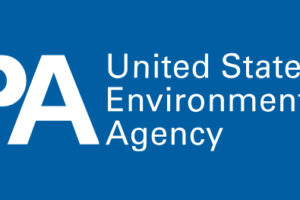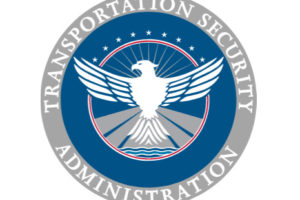EPA Outlines Enforcement Measures to Help Prevent Cybersecurity Attacks and Protect the Nation’s Drinking Water






The International Association of CIP Professionals (IACIPP) has appointed Frederic Petit, currently a Project Officer at the European Commission Joint Research Centre, as the Association’s ‘Liaison Director with the European Commission’.
Prior to his move to the European Commission JRC, Frederic was a Research Scientist specialising in critical infrastructure interdependencies and resilience at Argonne National Laboratory, and the Association’s representative for North America. With Mr Petit’s recent move to the JRC, he has been appropriately appointed as Association’s ‘Liaison Director with the European Commission’ with the role of industry/Commission liaison and keeping membership informed of the ongoing activities on the European activity/research around the protection and resilience of Infrastructure.
With the imminent implementation of The Critical Entities Resilience Directive (CER Directive), which lays down obligations on EU Member States to take specific measures to ensure that essential services and infrastructures, for the maintenance of vital societal functions or economic activities, are provided in an unobstructed manner in the internal market, and the NIS 2 Directive, also known as the Network and Information Security Directive, aimed at improving cyber security and protecting critical infrastructure across the European Union (EU), the appointment of Frederic is timely to aid with the outward facing communications and clarification of these important directives.
Compliance with the CER Directive and NIS2 Directive are crucial for businesses operating in the EU to safeguard their systems, mitigate threats, and ensure resilience, of which penalties are enforceable on agencies and operators for non-compliance.
John Donlon QPM, Chair of IACIPP, said, “We are delighted that Frederic has undertaken this new position within the Association. He was an excellent representative for us as our Regional Director in North America for a number of years, and his new role now in Europe will add real value at a time when there is significant change on the horizon in terms of regulations relating to national infrastructures”.
Frederic Petit will be presenting, on behalf of the European Commission JRC, at Critical Infrastructure Protection and Resilience Europe (www.cipre-expo.com) in Madrid, Spain, on 12th-14th November, part of the Association’s CIP Week in Europe, to raise greater awareness on the necessities of enhancing security and resilience of Europe’s critical infrastructures.

The Joint Expeditionary Force (JEF) has begun a month-long Response Option activity Nordic Warden this week for strengthening security of the critical undersea infrastructure in the area from the North Atlantic to the Baltic Sea.
JEF partner nations, including Lithuania, will train at Nordic Warden exchanging information and provide a synchronized and coordinated response to ensure security of critical undersea infrastructure.
Operation activities will include reconnaissance flights and patrols in cooperation with the JEF air forces and navies. Partner nations will also enhance information exchange and coordination to ensure better situation awareness to ships in the JEF area of responsibility. Operation Nordic Warden is controlled from the JEF headquarters in Northwood, UK.
The Response Option activity Nordic Warden is similar to the first JEF activity conducted in December 2023 in response to the critical infrastructure damage in the Baltic and North Sea regions, namely, the damage to the cable connecting Sweden and Estonia, as well as the pipeline between Finland and Estonia, with real capabilities.
From Lithuania’s perspective, partnership in the JEF is one of the initial means of response to any crisis, including damage to undersea infrastructure. It enables resource sharing, intelligence exchange and joint solutions to mutual regional issues.
The JEF is led by the United Kingdom, its comprises maritime, air and land capabilities contributed by the ten Northern European partners: UK, Denmark, Estonia, Latvia, Lithuania, Netherlands, Norway, Sweden, Finland and Iceland. Geographical proximity, shared sea borders and economy means cooperation on undersea infrastructure security is not just effective but also vital.


FEMA signed a Memorandum of Understanding (MOU) with The Swedish Civil Contingencies Agency. This MOU formalizes our countries’ mutual commitment to advancing global resilience and sharing emergency management strategies. FEMA Administrator Deanne Criswell joined the Director General of the Swedish Civil Contingencies Agency Charlotte Petri Gornitzka and Sweden’s Minister of Civil Defence Carl-Oskar Bohlin at the Swedish embassy.
“2024 is FEMA’s Year of Resilience, an opportunity to highlight the important work we do to help communities mitigate risk, so they can respond faster and recover more effectively,” said Administrator Criswell. “The emergency management field is becoming more complex and our disaster tempo continues to increase and we know that we cannot solve these problems alone. With this partnership, Sweden and the U.S. can share best practices on how we incentivize individuals and communities to mitigate their risks.”
The MOU recognizes that the United States and Sweden face growing national security threats and natural disaster risks. The memorandum builds upon our existing cooperation and Sweden’s recent ascension to NATO, to foster greater collaboration on plans and priorities. It also helps us encourage readiness, civil protection and disaster risk reduction within our respective territories.


